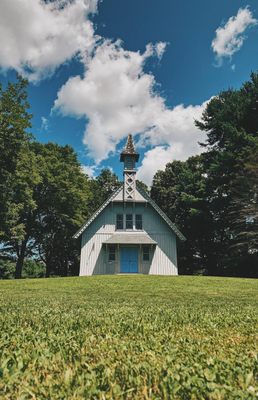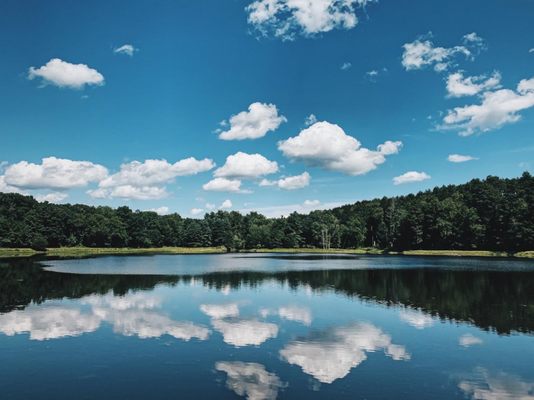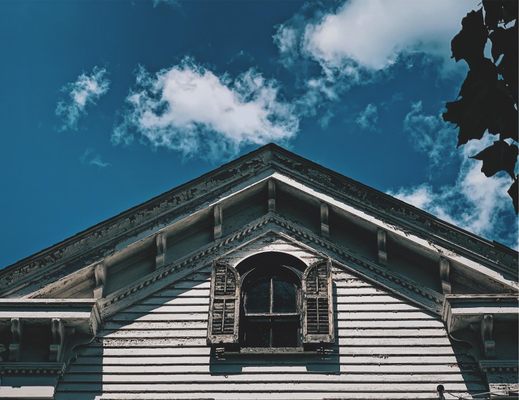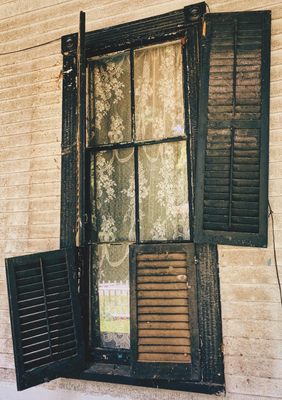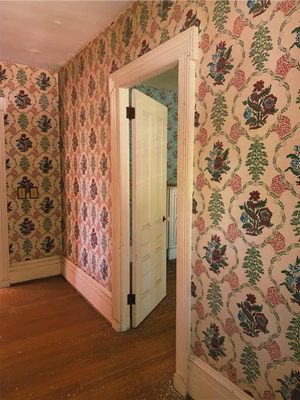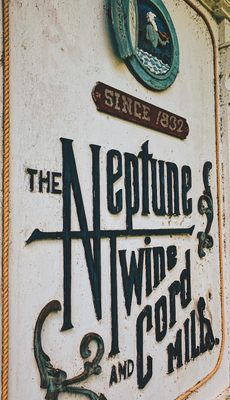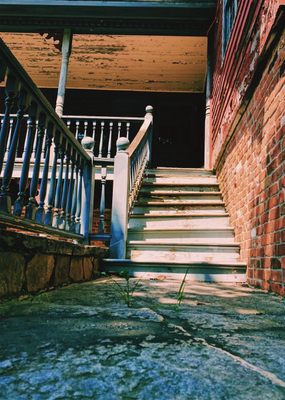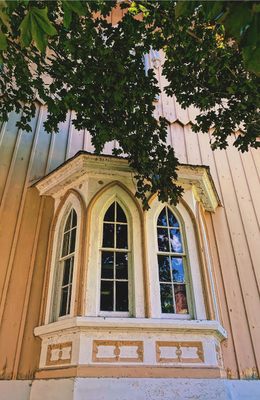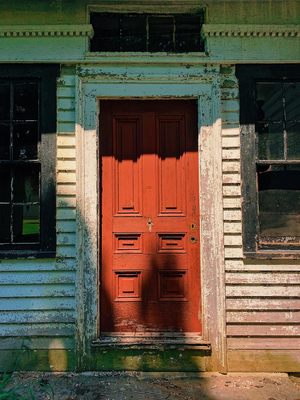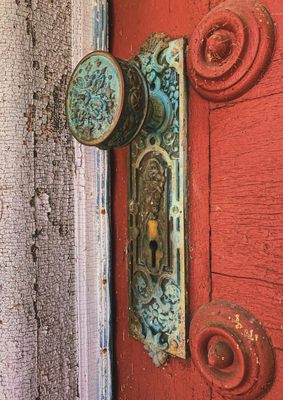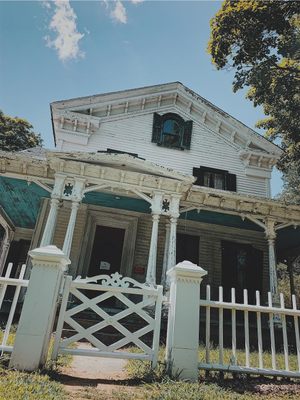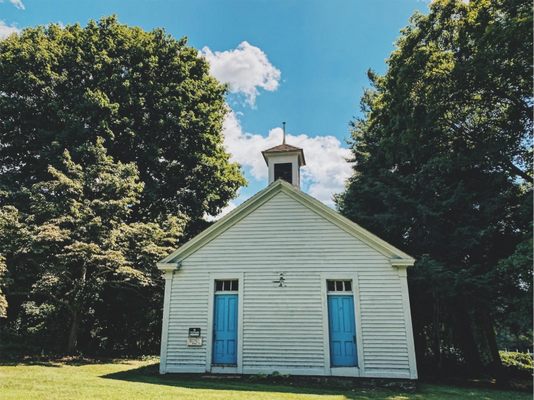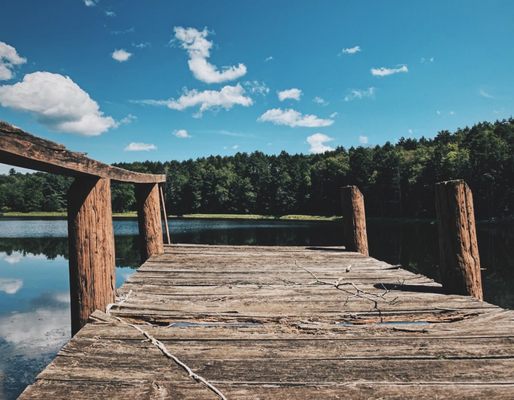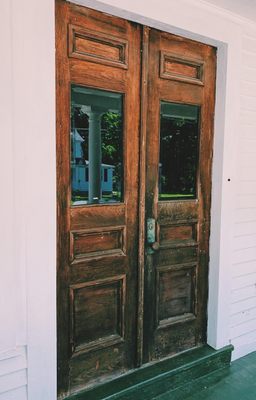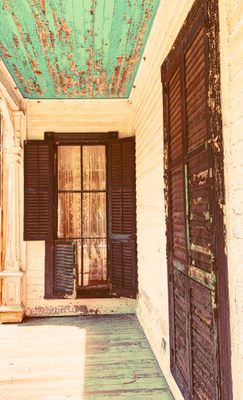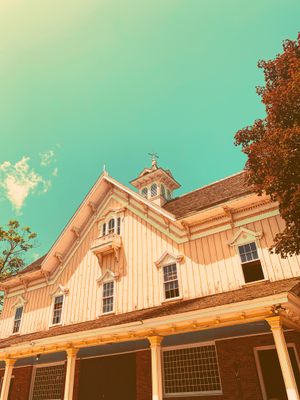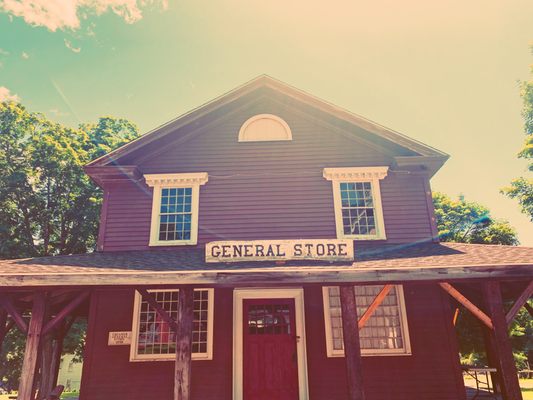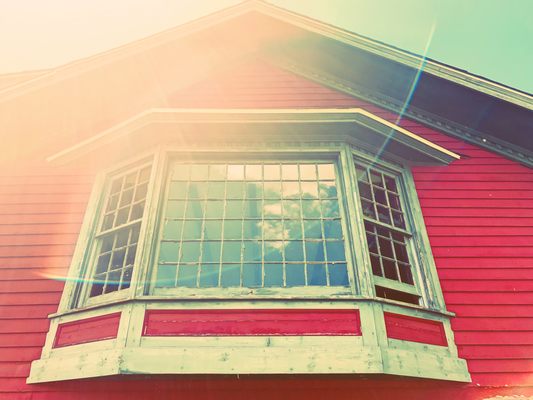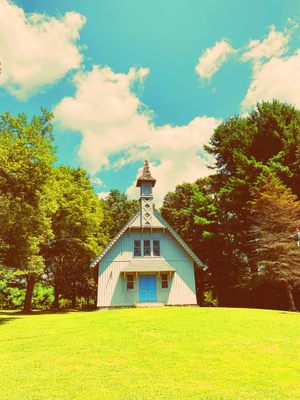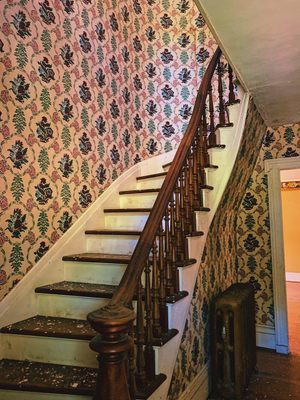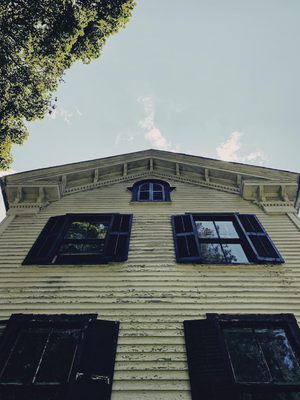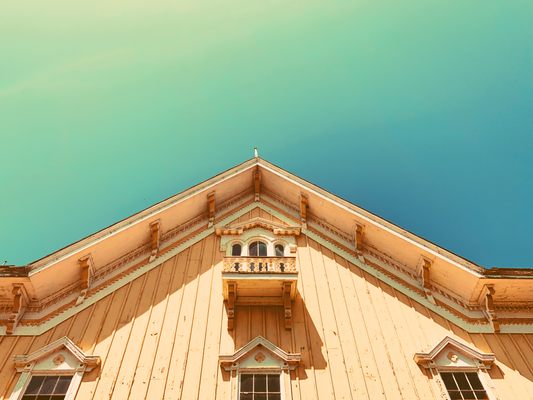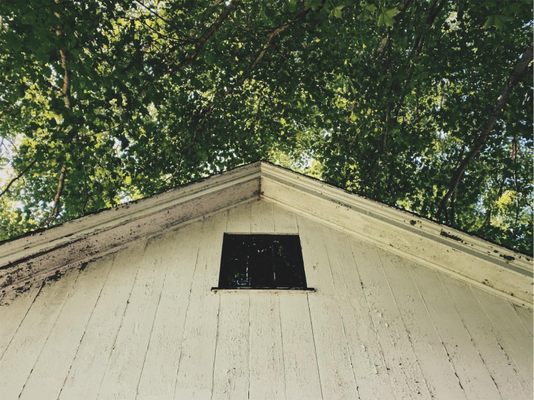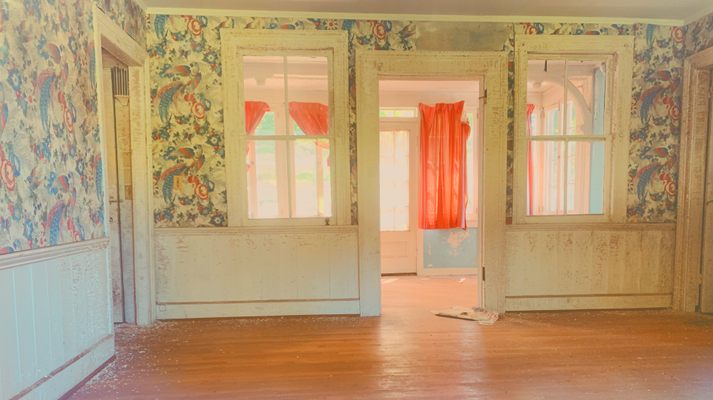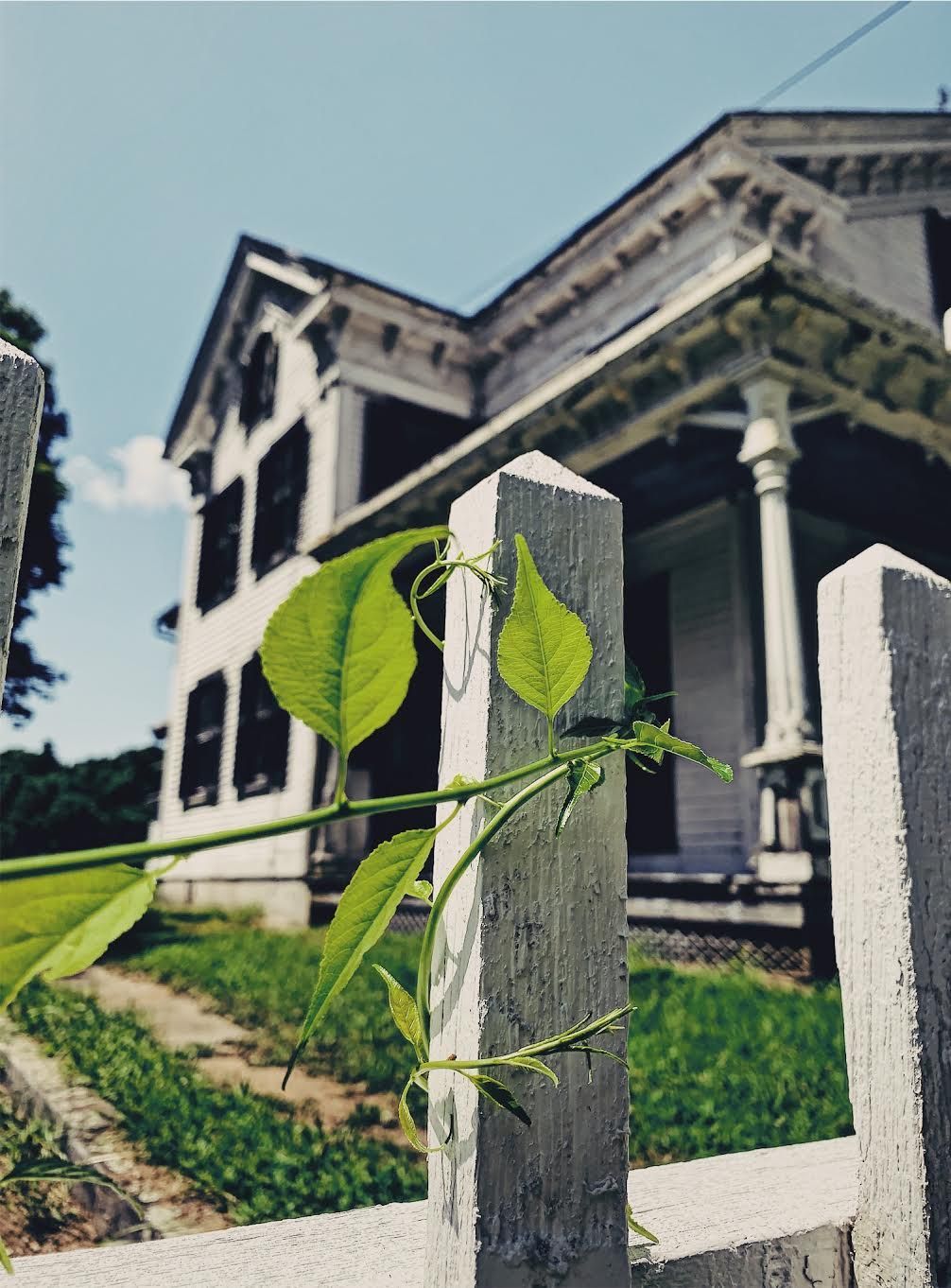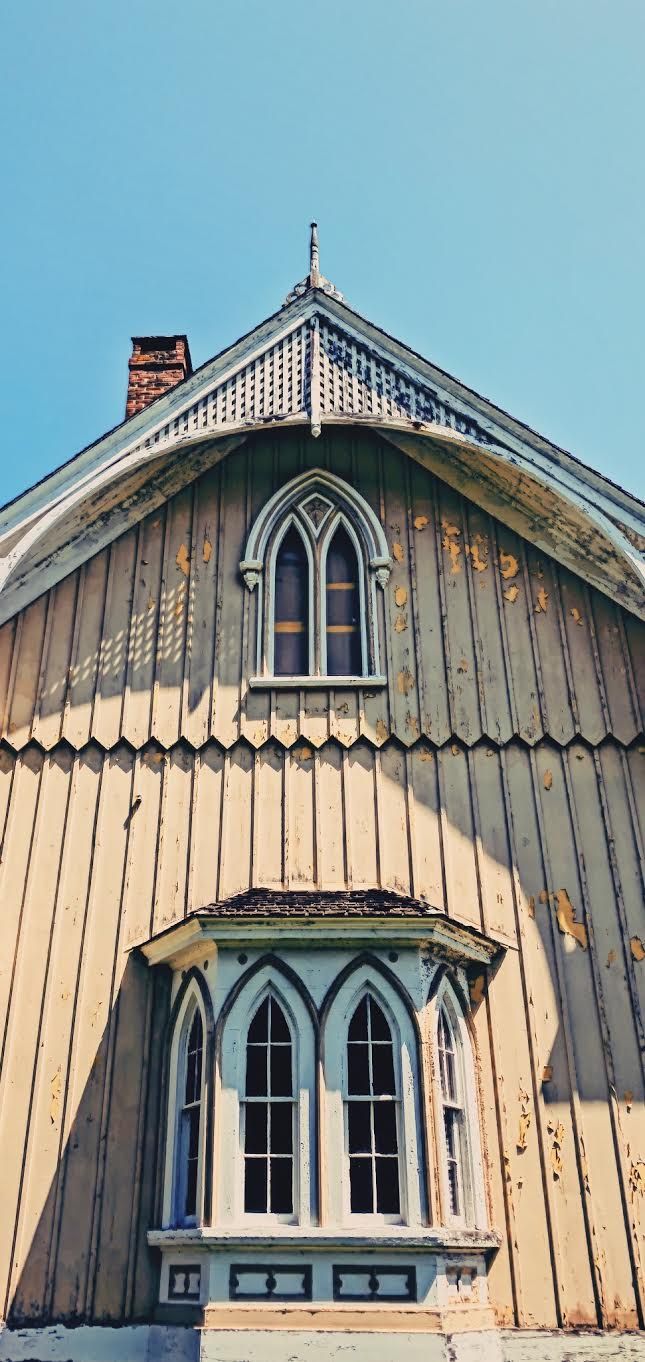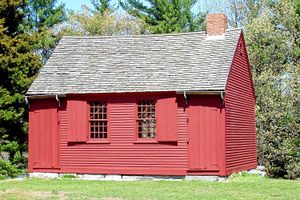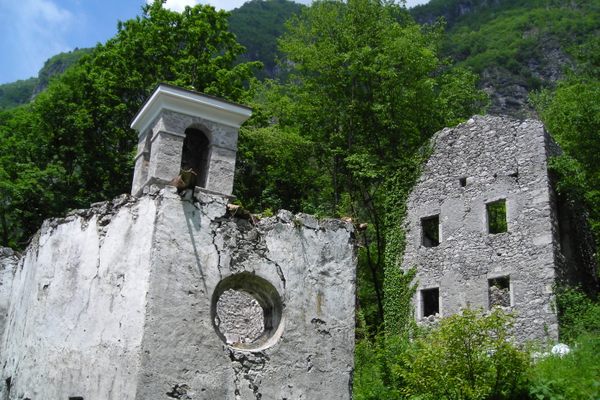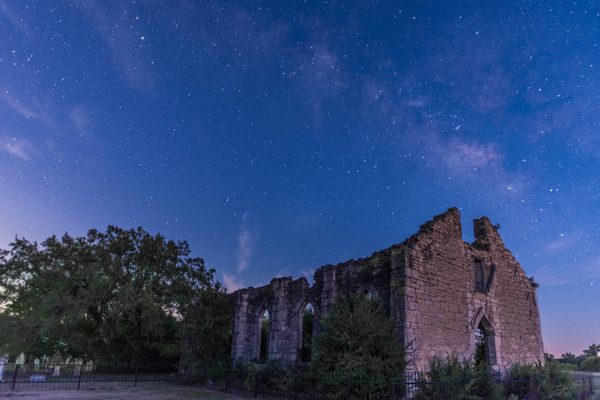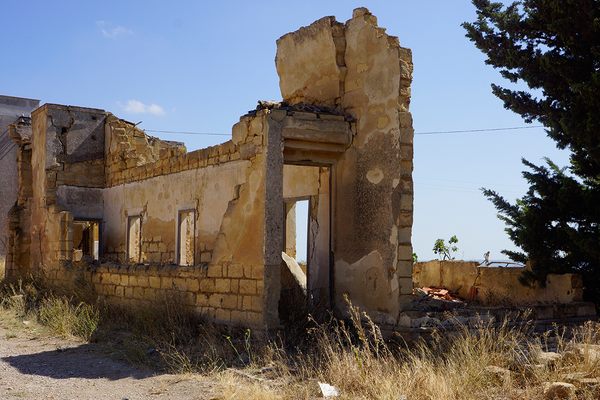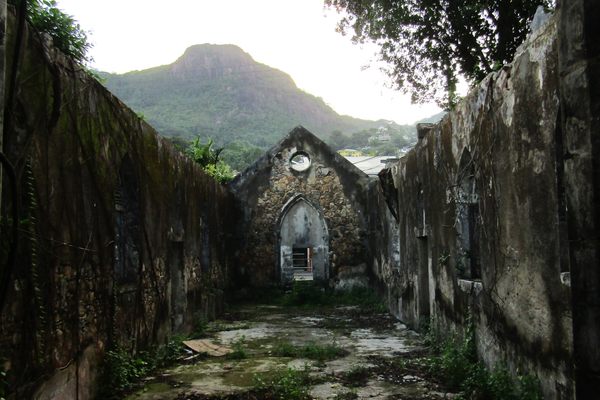About
In 1832, Neptune Mill was built just north of the Salmon River Cove. With the river as a source of power, the mill produced twine and yarn. In 1846 Emory Johnson built a large homestead nearby, and then another mill, called Triton Mill, at the northern end of millpond. The town that sprang up around the mills became known as Johnsonville.
In 1965, Raymond Schmitt bought Neptune Mill from the Johnson family, along with other buildings from the town including a Victorian chapel. Schmitt intended to turn Johnsonville into a tourist attraction, but his plans never came to fruition. In 1972, Neptune Mill was struck by lightning in 1972 and burned to the ground. In 1994, zoning disagreements between Schmitt and the nearby town of East Haddam led to Johnsonville being shut down.
The 64-acre Connecticut property was put up for sale. It was purchased by a hotel development company in 2001, but their plan to revitalize and reopen Johnsonville as a residential community fell apart. The town fell into disrepair, and was put up for auction several times.
In 2017, Iglesia ni Cristo (the Church of Christ), a Christian organization based in the Philippines, bought the village for $1.85 million. The church is renovating the aging structures in Johnsonville, and aims to turn it into a center of worship.
Related Tags
Know Before You Go
Currently, Iglesia ni Cristo does not allow anyone on the property without permission. Since the village is on a public road, taking photos from the road should not be a problem.
Published
December 13, 2019
